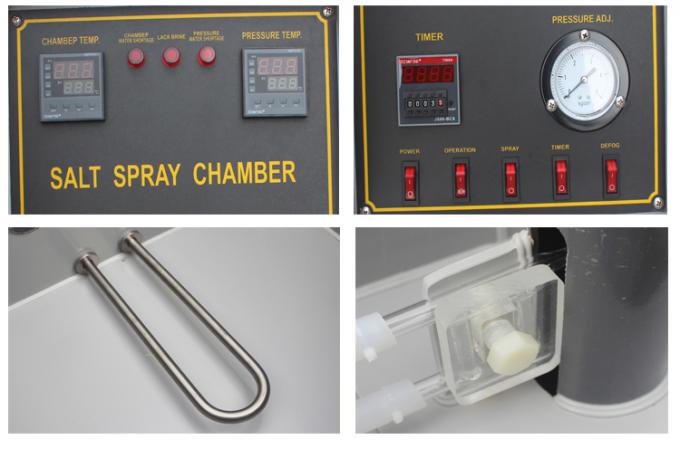- Qinsun Instruments Co., Ltd.
- Tell:+86-21-6780 0179
- Phone:+86-17740808215
- Address:No. 2578 Minhang District Gu Dai Road, Shanghai
- Contact:Mr. Li
- QQ:846490659
Consider selecting a potential difference meter

Potentiometers, also known as potentiometers, come in various types. Among them, ten wire potentiometers are teaching instruments with simple structures and strong intuitiveness, making them easy to learn and master;
When choosing a potential difference timing, three main factors should be considered:
1. Resistance value high and low
If the internal resistance of the measured potential is relatively low, such as in electric voltage meters with small internal resistance, thermocouple potentials, and voltage drops on resistors below 100 Ω, it is advisable to use a low resistance potential difference
If the internal resistance of the measured potential is high, such as a magnetoelectric voltmeter with high internal resistance, a standard battery, or a voltage drop across high resistance, a high resistance potential difference meter should be used
2. Potential height
Choose a potential difference meter based on the magnitude of the measured potential. The principle of selection is to use a measuring disk, and the magnitude of the measured potential should be close to the upper limit of the potential difference meter
3. Accuracy level
If the measurement requires high measurement accuracy, the selected potential difference meter should be determined based on the required error limit of R. For example, if the limit of the measured potential required to be accurate is less than 0.02%, a 0.01 level potential difference meter should be used, and a measuring disk should be used. If a 0.02 level potential difference meter is used, it is also acceptable, but the measurement results must be corrected by citing a corrected value
In daily measurement work, it is often not important to choose a high potential difference meter or a low potential difference meter. It is generally believed that using a high accuracy potential difference meter to measure the measured amount will definitely improve accuracy compared to using a low accuracy potential difference meter. Actually, that's not the case. Sometimes the accuracy of a potential difference meter is very high, but the measurement accuracy actually decreases. What is the reason for this? The reason is that the accuracy level of the potential difference meter is expressed in relative error.





